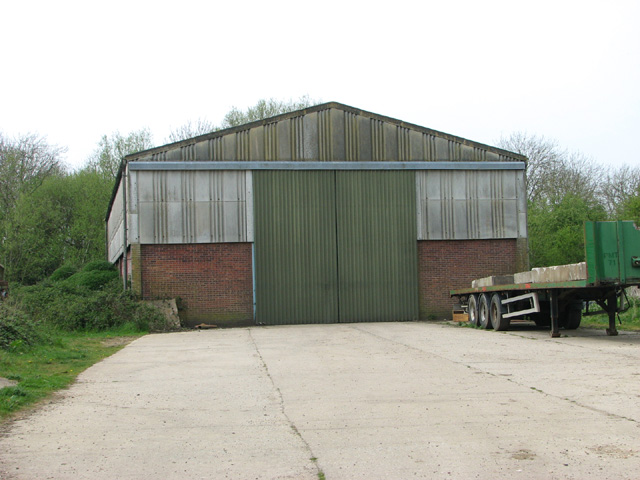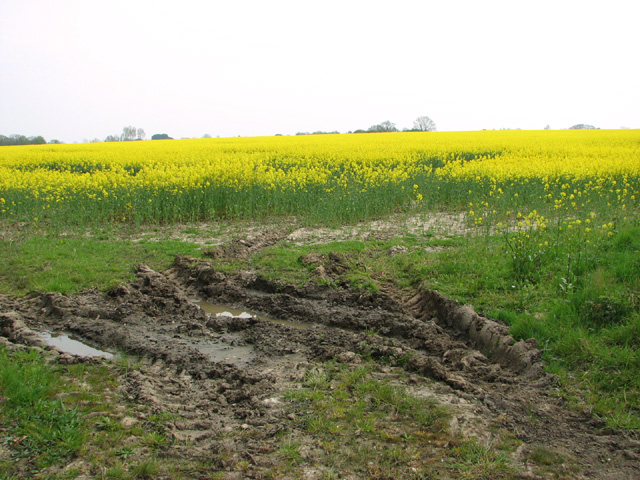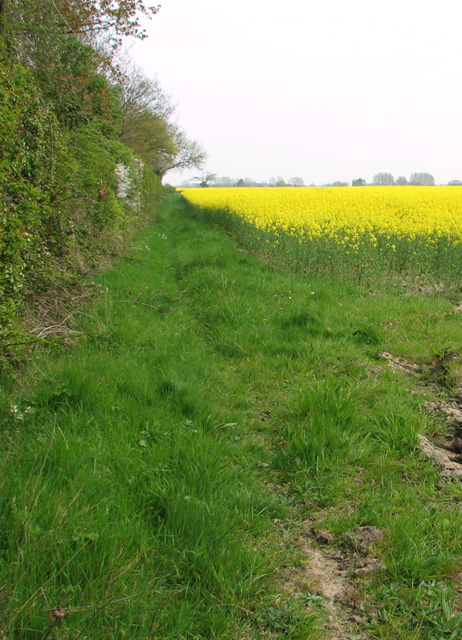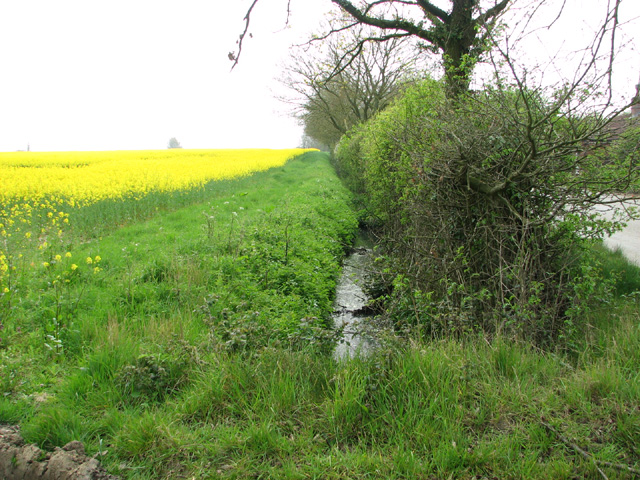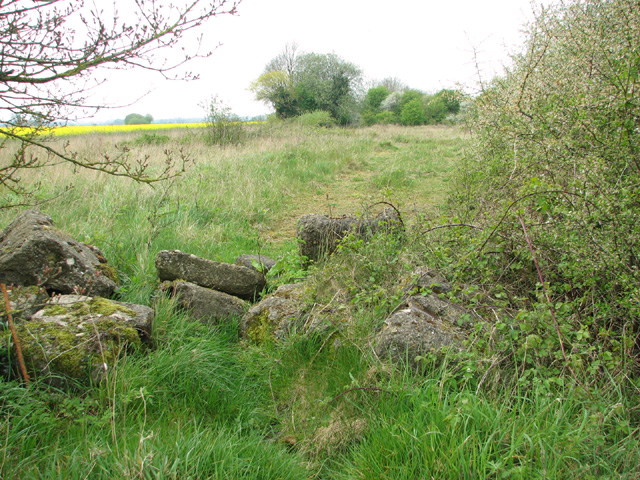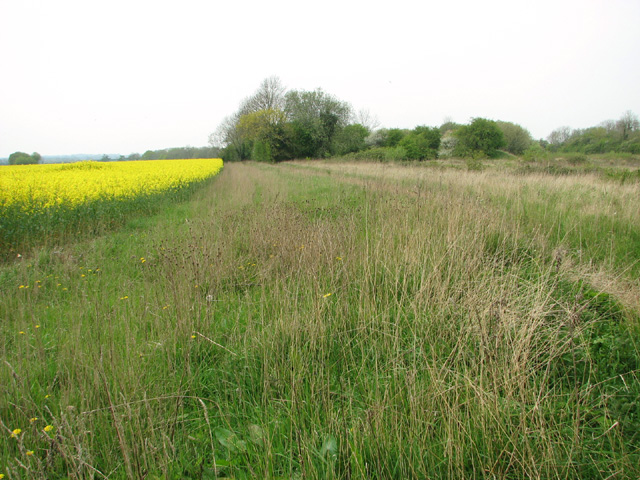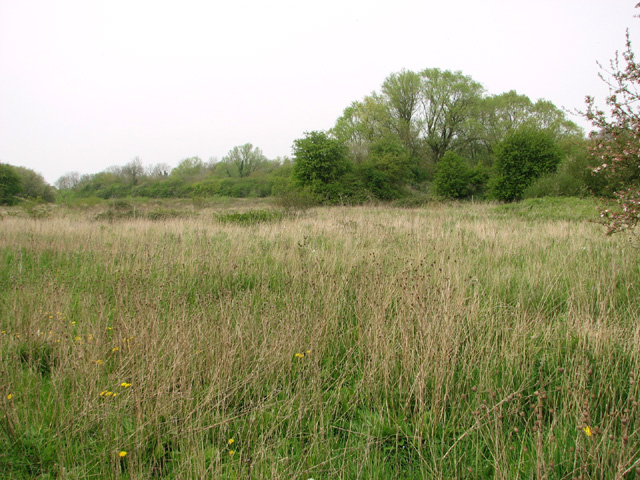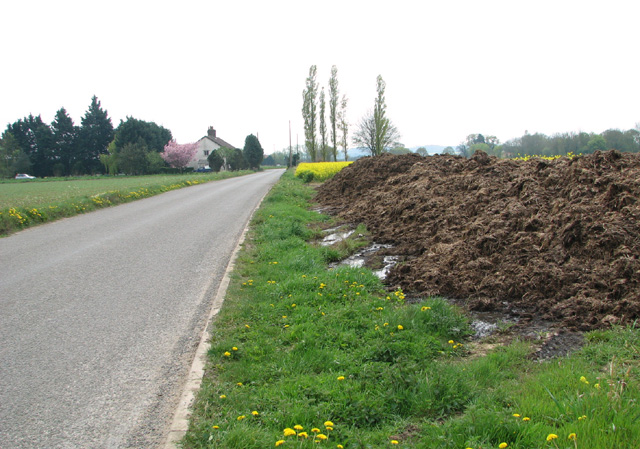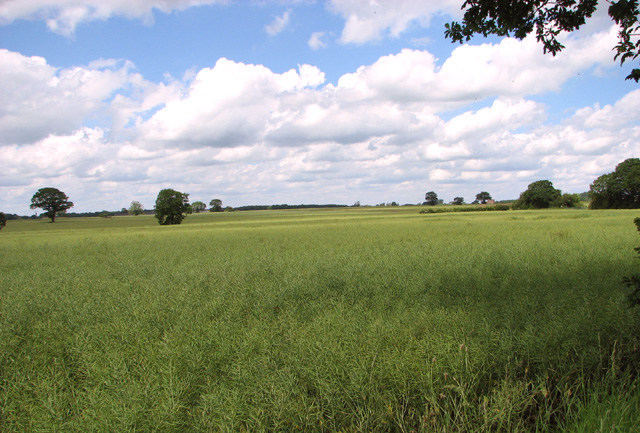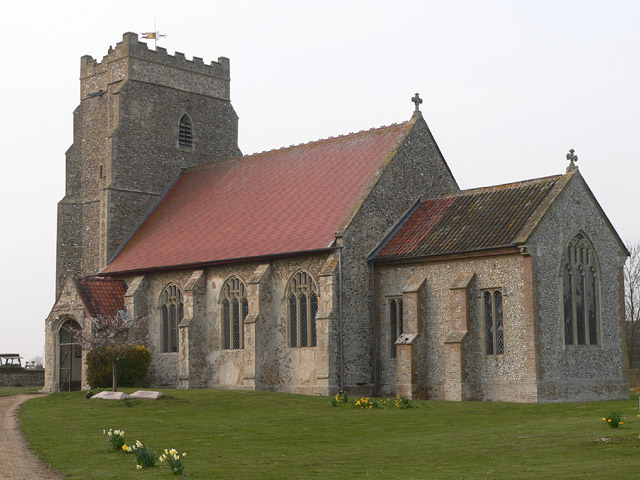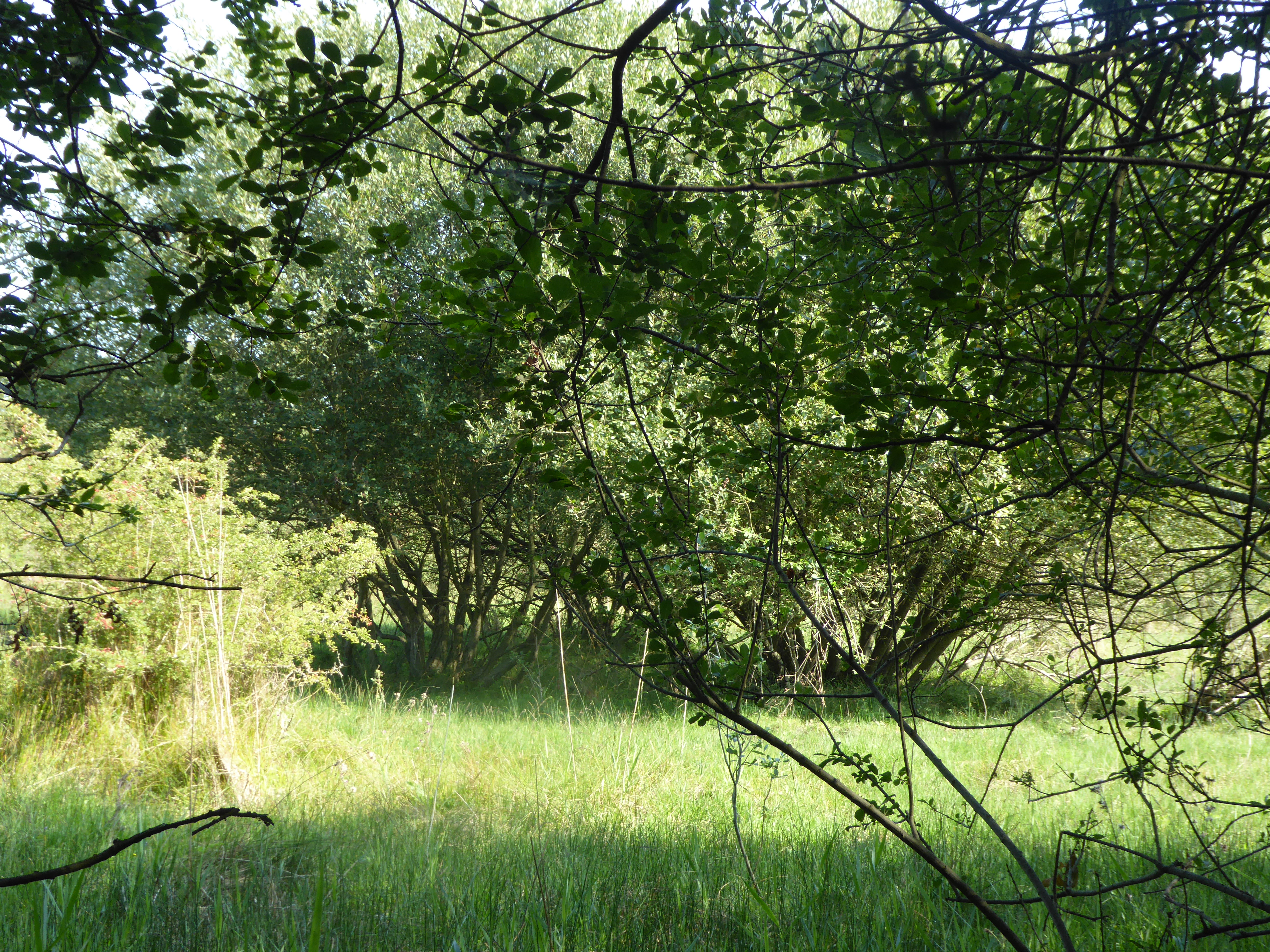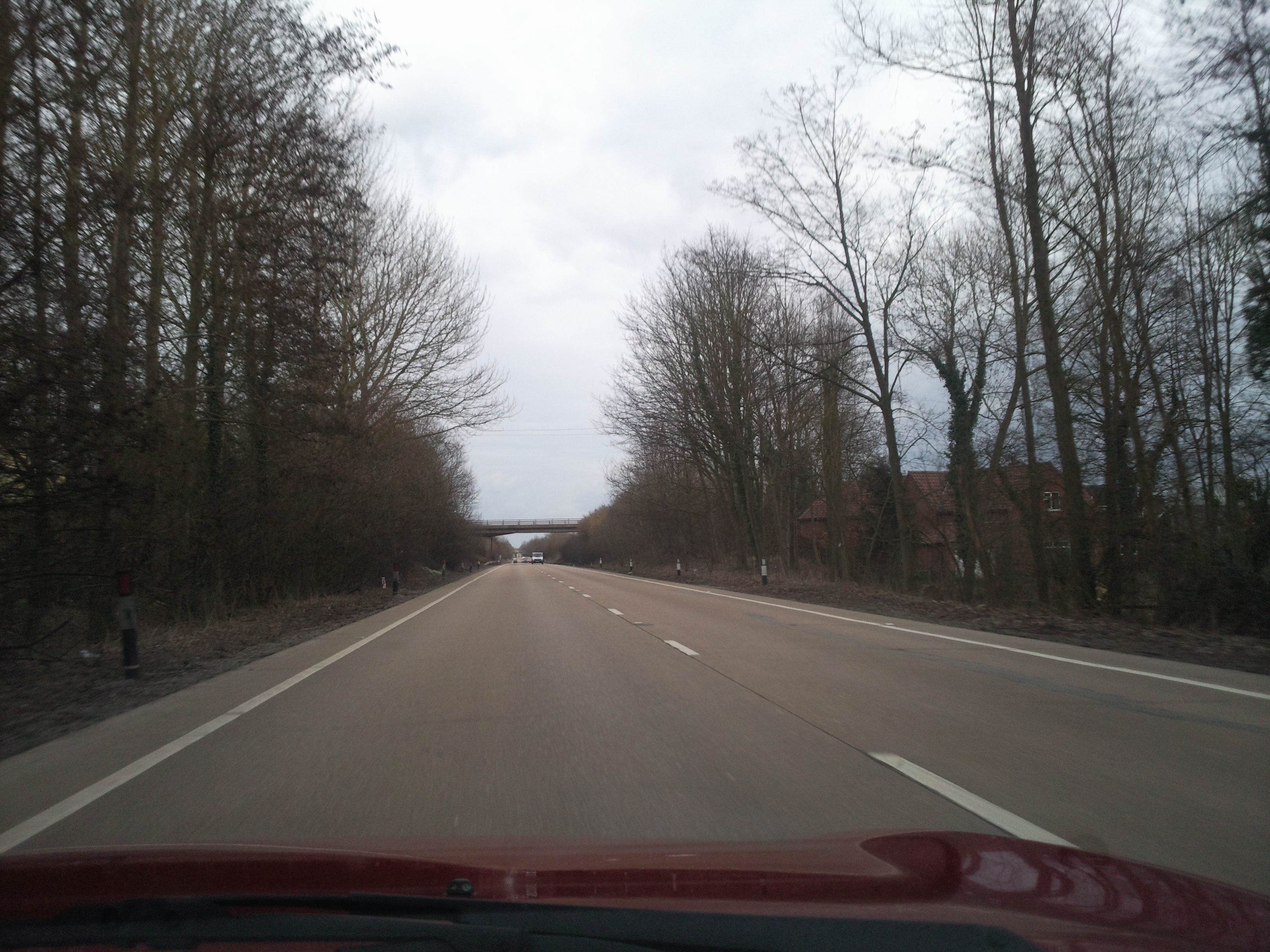Baker's Wood
Wood, Forest in Norfolk Breckland
England
Baker's Wood

Baker's Wood is a picturesque woodland located in Norfolk, England. Spread over an area of approximately 100 acres, the wood is known for its natural beauty and diverse ecosystem. Situated near the village of Norfolk, it attracts nature enthusiasts, hikers, and photographers alike.
The wood is primarily composed of deciduous trees, including oak, beech, and birch, which provide a stunning display of colors during the autumn months. It is also home to a variety of wildlife, including deer, rabbits, squirrels, and a wide range of bird species. The wood features several marked trails, allowing visitors to explore its different sections and enjoy its scenic views.
One of the key attractions of Baker's Wood is its tranquil atmosphere. The dense tree cover creates a sense of seclusion and offers a peaceful retreat from the hustle and bustle of daily life. The wood is also a popular spot for picnics and family outings, with designated areas for relaxation and recreation.
In addition to its natural beauty, Baker's Wood holds historical significance as well. It is believed to have been used as a hunting ground during medieval times and remnants of old structures can still be found within the wood, adding to its charm and intrigue.
Overall, Baker's Wood is a captivating destination that offers a unique blend of natural wonders and historical significance. Whether one seeks a peaceful stroll amidst nature or wishes to delve into the area's rich history, this woodland in Norfolk provides an enriching experience for all who visit.
If you have any feedback on the listing, please let us know in the comments section below.
Baker's Wood Images
Images are sourced within 2km of 52.693573/0.87449944 or Grid Reference TF9414. Thanks to Geograph Open Source API. All images are credited.
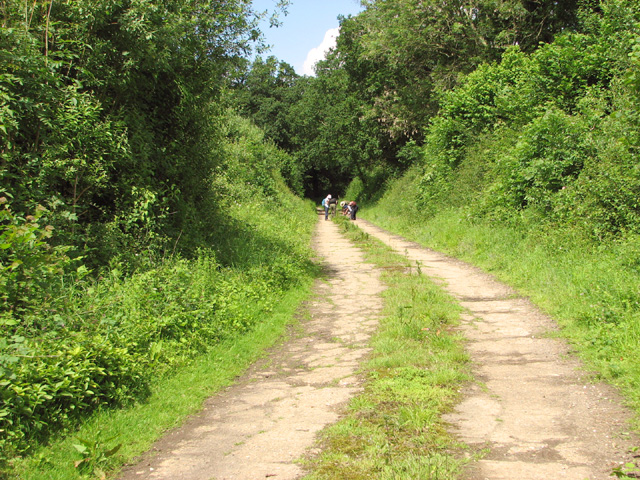
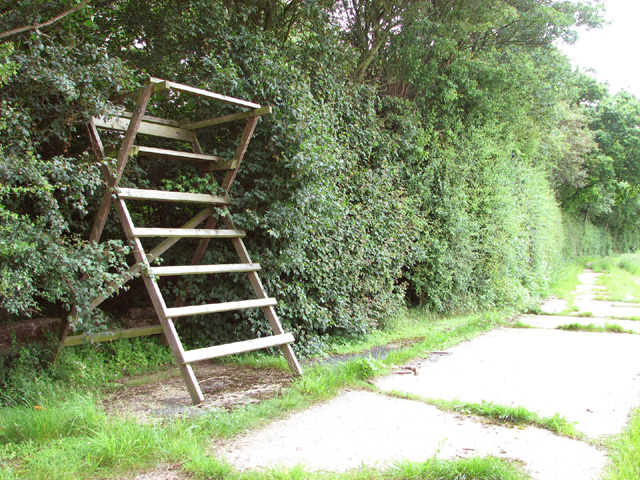
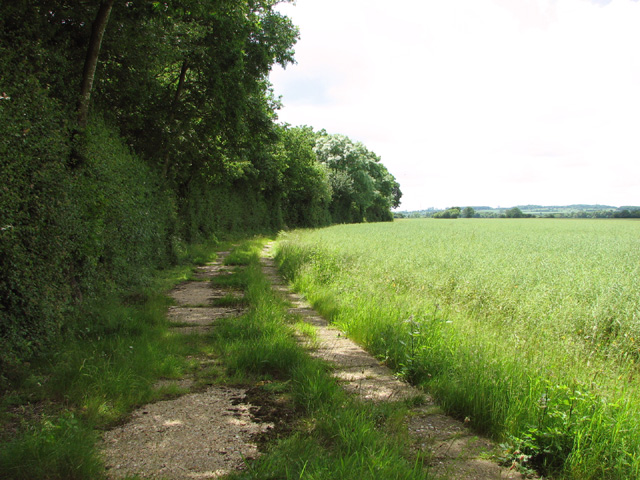
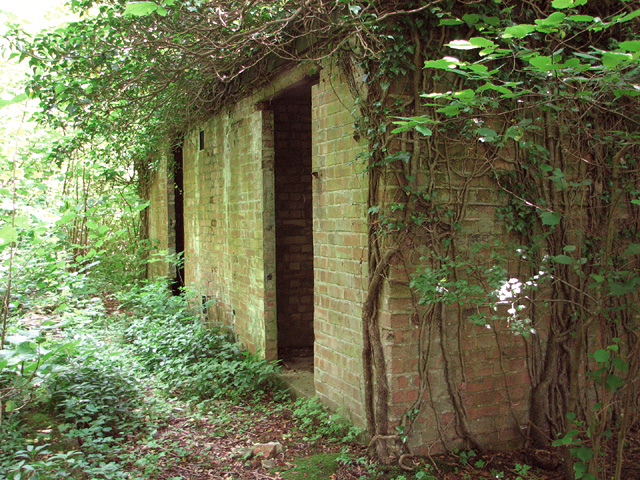
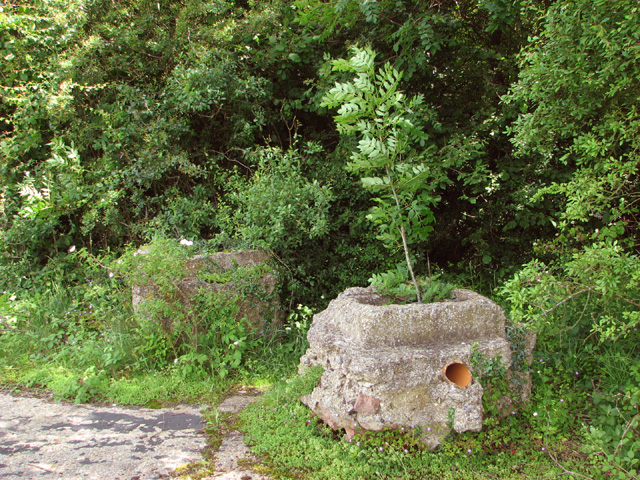
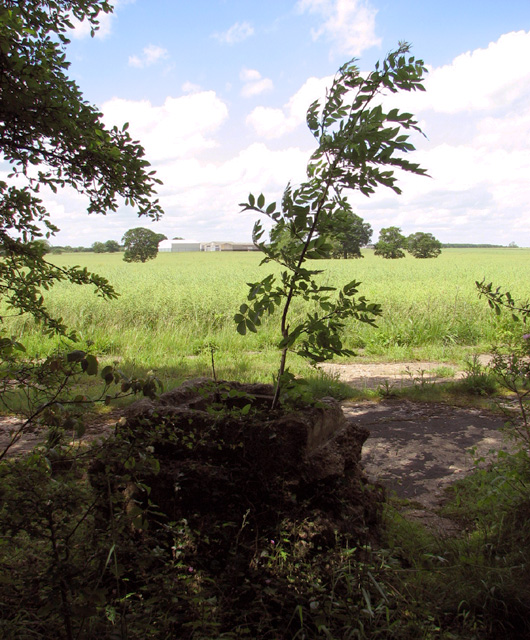
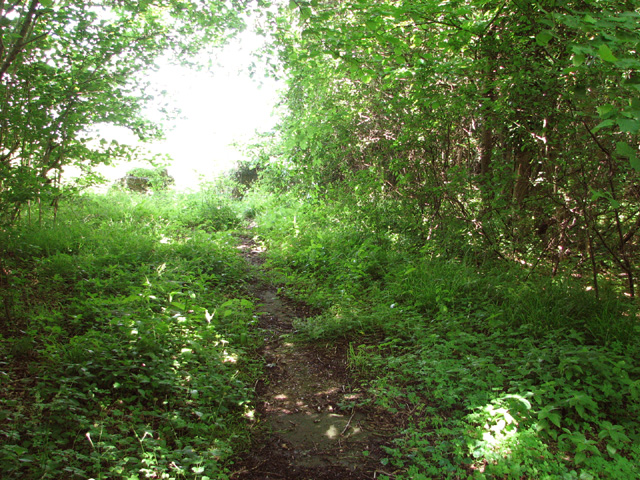
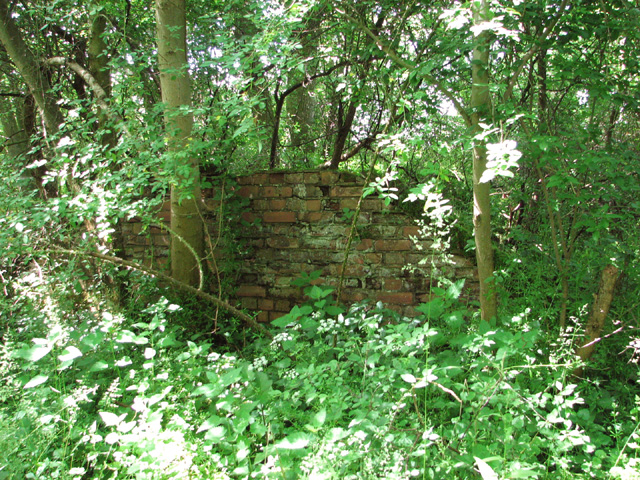
Baker's Wood is located at Grid Ref: TF9414 (Lat: 52.693573, Lng: 0.87449944)
Administrative County: Norfolk
District: Breckland
Police Authority: Norfolk
What 3 Words
///halt.nagging.artichoke. Near East Dereham, Norfolk
Nearby Locations
Related Wikis
Honeypot Wood
Honeypot Wood is a 9.5-hectare (23-acre) biological Site of Special Scientific Interest west of Dereham in Norfolk. It is managed by the Norfolk Wildlife...
Longham
Longham is a village situated in the Breckland District of Norfolk and covers an area of 540 hectares (2.1 square miles) with a population of 219 in 100...
Holly Farm Meadow, Wendling
Holly Farm Meadow, Wendling is a 2.6-hectare (6.4-acre) biological Site of Special Scientific Interest west of Dereham in Norfolk, England.This meadow...
Mitford and Launditch Rural District
Mitford and Launditch Rural District was a rural district in Norfolk, England from 1894 to 1974.It was formed under the Local Government Act 1894 based...
Wendling Abbey
Wendling Abbey was monastic house in Norfolk, England. The Abbey once stood on marshy ground near a small rivulet (small stream) which runs to the south...
Wendling railway station
Wendling railway station was a railway station in Wendling, Norfolk on the Great Eastern line between Dereham and King's Lynn. It closed in 1968. This...
Gressenhall
Gressenhall is a village and civil parish in the English county of Norfolk. The villages name origin is uncertain possibly 'Grassy nook of land' or 'gravelly...
Wendling, Norfolk
Wendling is a village and civil parish in the English county of Norfolk. It covers an area of 5.25 km2 (2.03 sq mi) and had a population of 323 in 140...
Related Videos
Car Dangerously Overtakes into Oncoming Traffic | UK Dash Cam | Norfolk | Dangerous Driving
A car Dangerously Overtakes 2 vehicles into oncoming traffic at high speed narrowly missing the oncoming car. This footage was ...
Have you been to Baker's Wood?
Leave your review of Baker's Wood below (or comments, questions and feedback).
